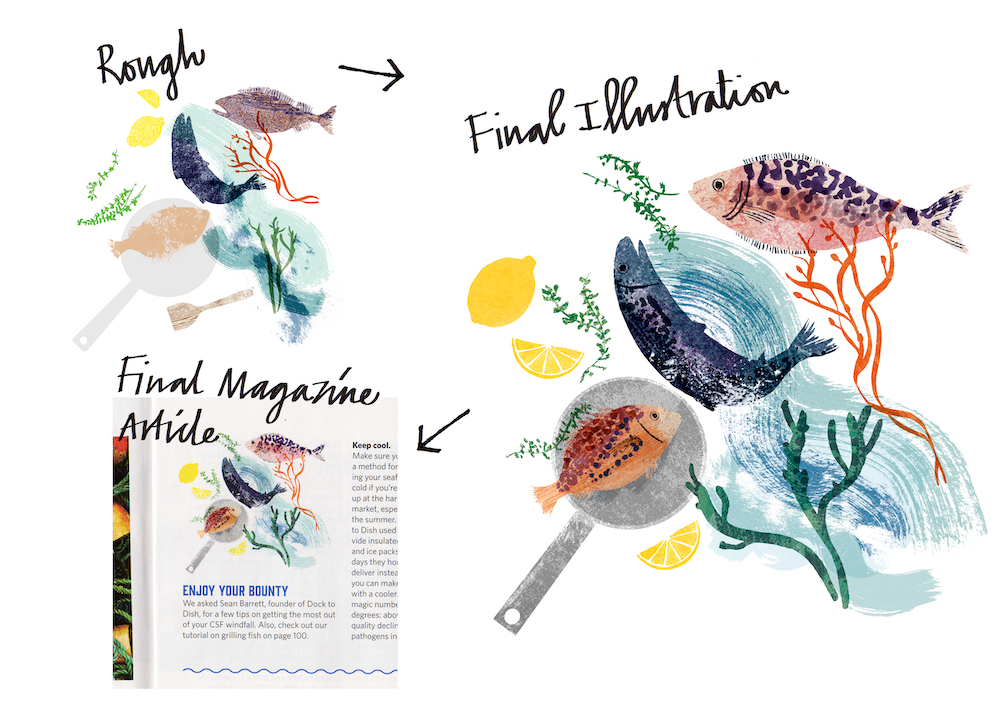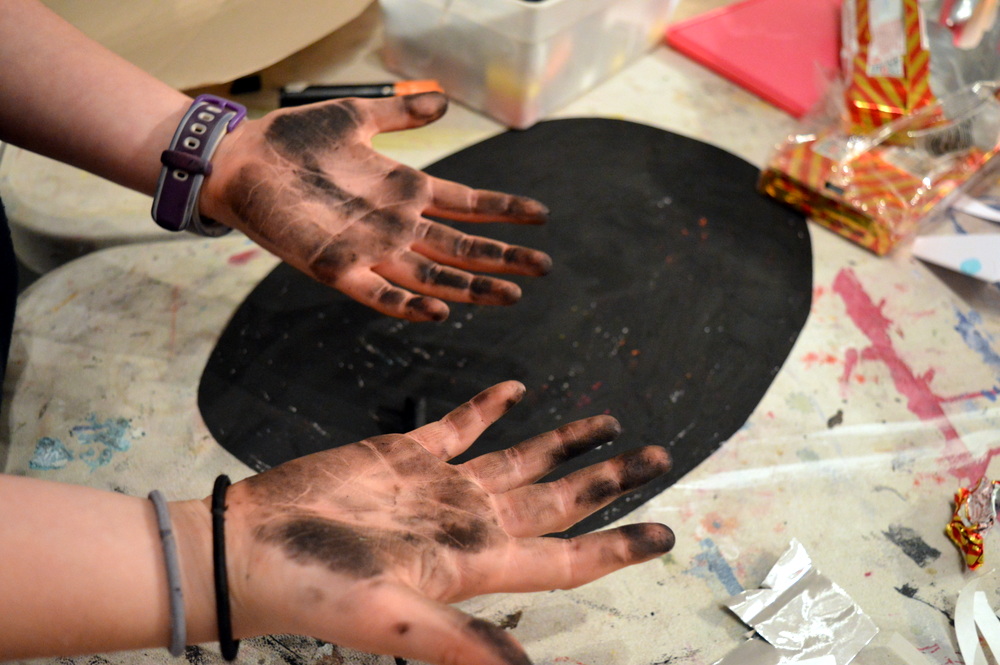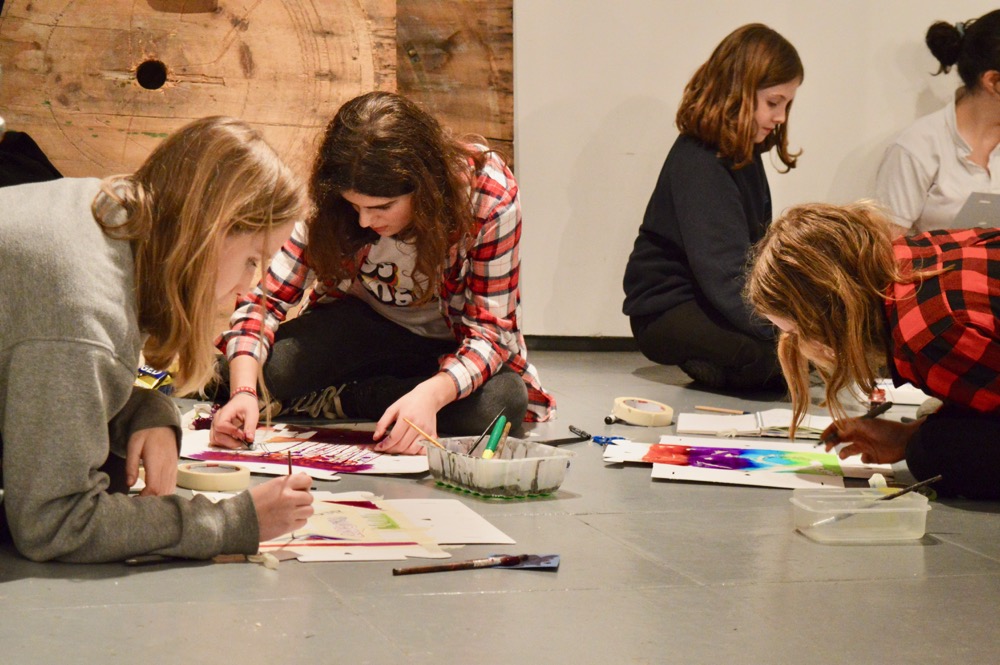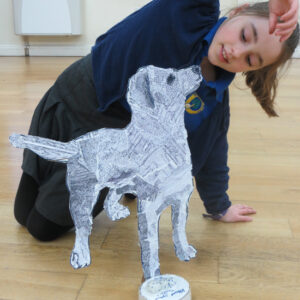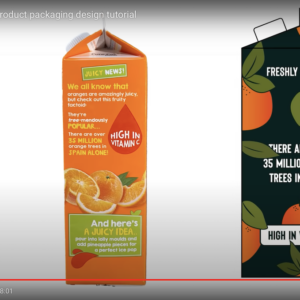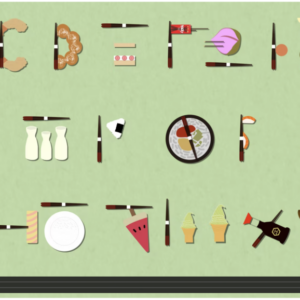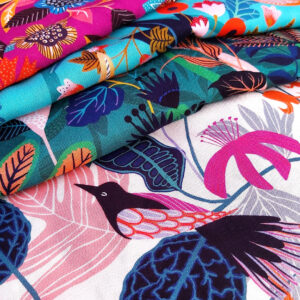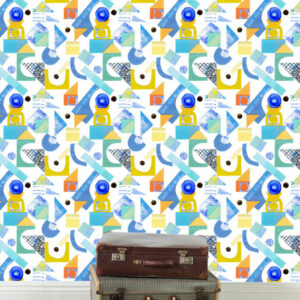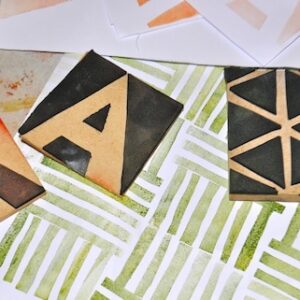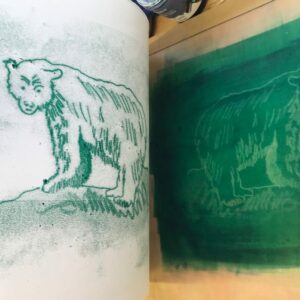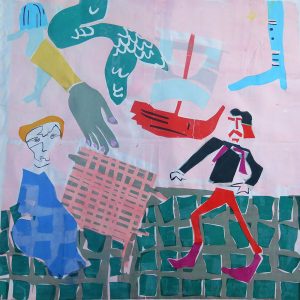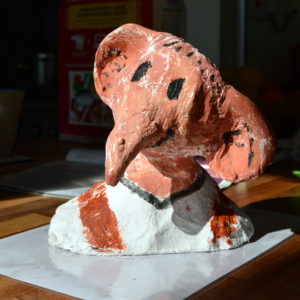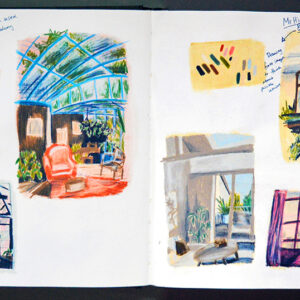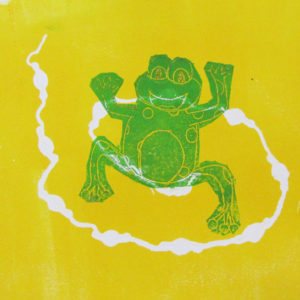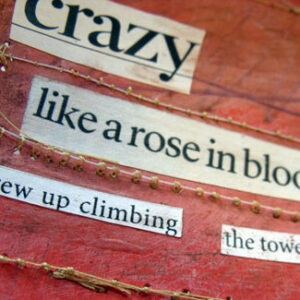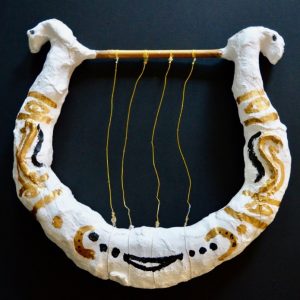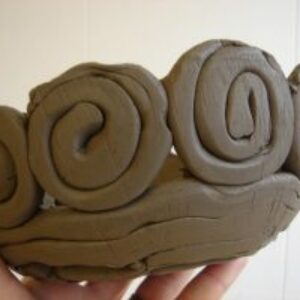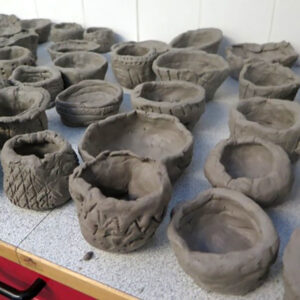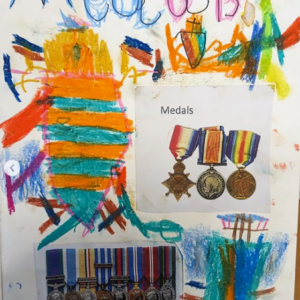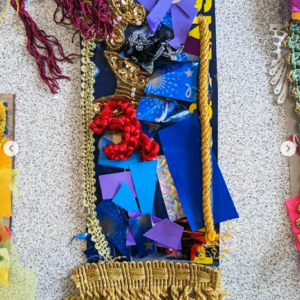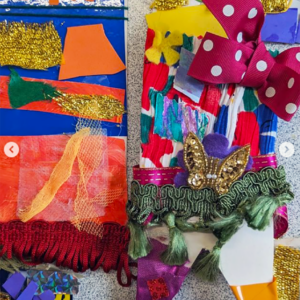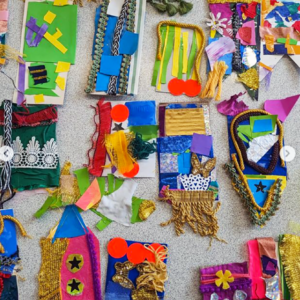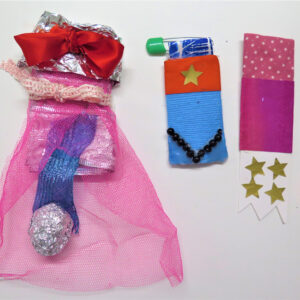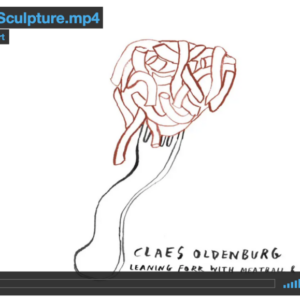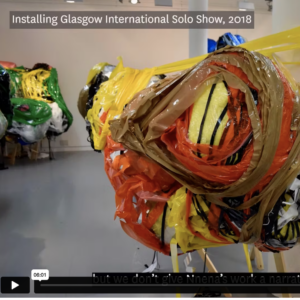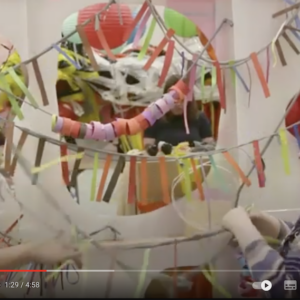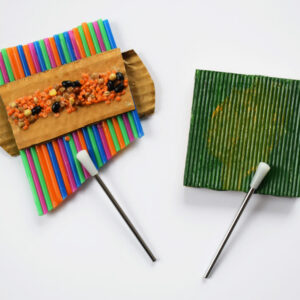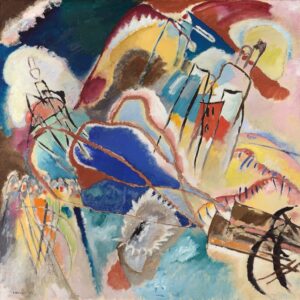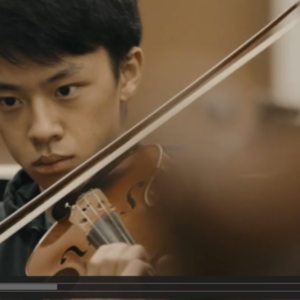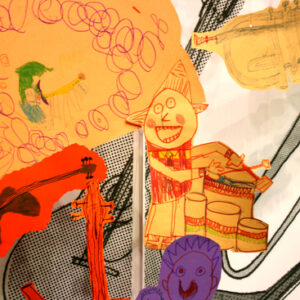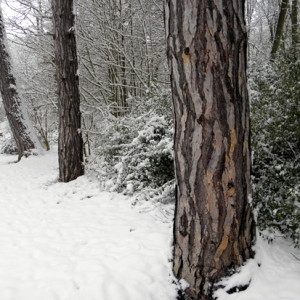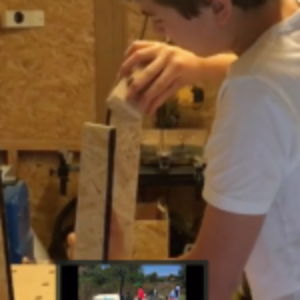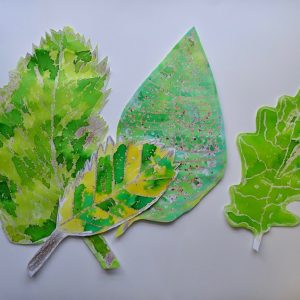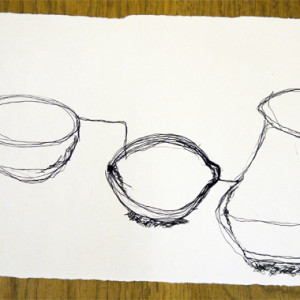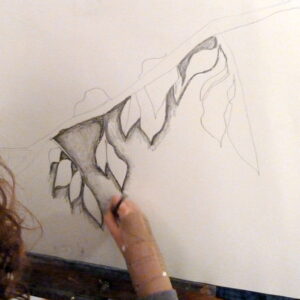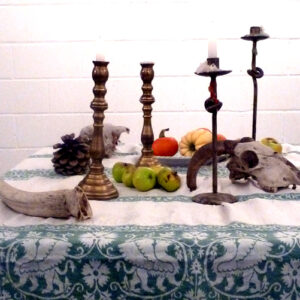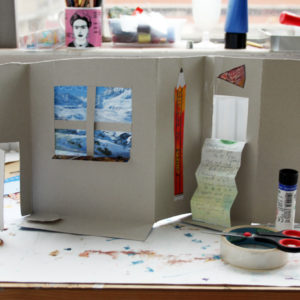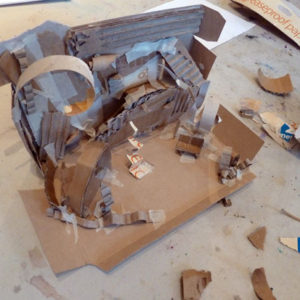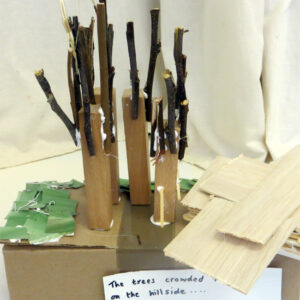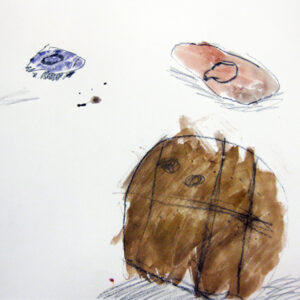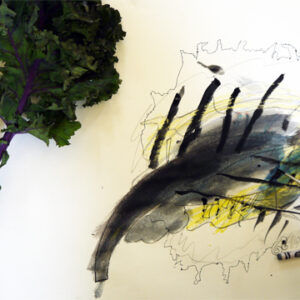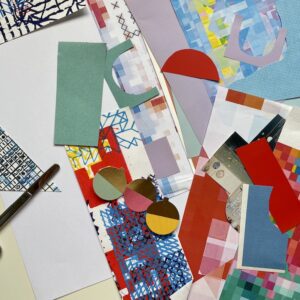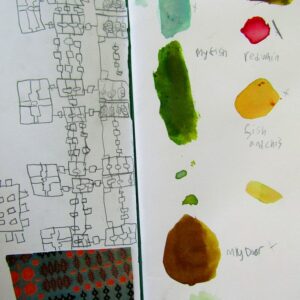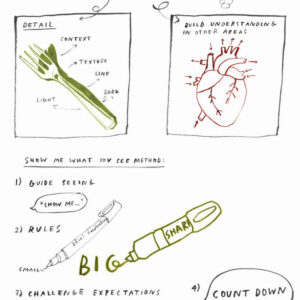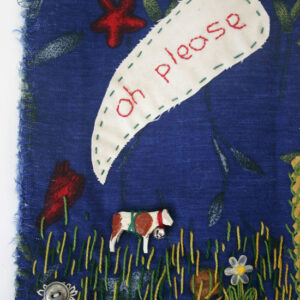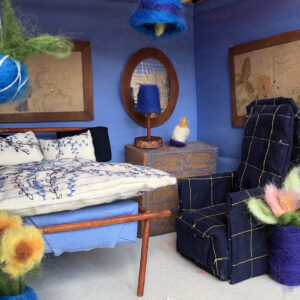By Dr Judy Thomas
This response was written after the first meeting of the Creative Pedagogy & Pathways Group
Bakhtin (1984) promoted pedagogies that facilitate dialogic engagement; his ‘Chronotype’ theory suggests time and space is inherent in narrative.
Our narrative, and that of our learners, has shifted dramatically over the past year; we have embraced new virtual spaces that present us fresh opportunities. The online environment scaffolds contemporary possibilities for connection and dialogue in ways previously not considered. Virtual adaptation has enabled us to come together and create new freedoms to positively learn from one another. This unites a divergent multiplicity, where we can actively, more fluently, share dialogue, in ways previously not so accessible. We can exchange ideas and create new, beneficial learning spaces that help us collaboratively discover common ground and navigate challenges.
We are stronger together and the promise of this dialogue is exciting. By applying online, dialogic approaches to learning, we can cross boundaries through beneficial zones of potentiality. The overwhelming excuses for being insular no longer exist; we can cross-sectors to collectively explore creative spaces to reflect, question, challenge, develop, innovate, and inspire. This dialogue can stimulate change and positively create wider access to art and future creativity.
Bakhtin, M (1981) The Dialogic Imagination in Ehre, Milton. Poetics Today, vol. 5, no. 1, 1984, pp. 172–177. JSTOR, www.jstor.org/stable/1772435. (Accessed 16 May 2021).
Cohen, Tom. “The Ideology of Dialogue: The Bakhtin/De Man (Dis)Connection.” Cultural Critique, no. 33, 1996, pp. 41–86. JSTOR, www.jstor.org/stable/1354387. Accessed 16 May 2021.
Oxford Reference (2021) “Chronotope” Available at: https://www.oxfordreference.com/view/10.1093/oi/authority.20110803095611483 (Accessed 16 May 2021).
Rule, P (2011) Bakhtin and Freire: Dialogue, dialectic and boundary learning, Educational Philosophy and Theory, 43:9, 924-942, DOI: 10.1111/j.1469-5812.2009.00606.x (Accessed 16 May 2021).
